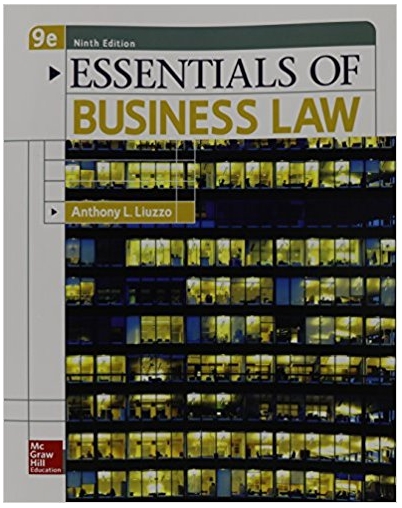This Case as its name implies combines both residential and non-residential units. This building has two retail spaces on the ground level and 16 apartments
This Case as its name implies combines both residential and non-residential units.
This building has two retail spaces on the ground level and 16 apartments on the four floors above. The total rentable area of the structure is 50,000 square feet. The retail tenant is responsible for bearing some of the cost for operating the property viz., obligations are property taxes and insurance which is detailed below in the retail tenants.
Retail Tenants:
A regional bank occupies 7,500 square feet and currently pays $30 per square foot per year. The bank is now in the third year of a 10-year lease (“now” = Year 1 of your analysis); their rent will step up to $36 per square foot at the beginning of the fifth year of the lease. In addition to their base rent, the bank pays a pro-rata share of property taxes in excess of $30,000 and of insurance expense in excess of $10,000. (Note: By “pro-rata share” we mean a share based on the size of the bank’s space compared to the total rentable area of the building.)
A restaurant occupies 2,500 square feet, paying $32 per square foot per year. This tenant is in the last year of a four-year lease and has an option to renew at $38 per square foot at the end of that term. The restaurant also pays a pro-rata share of property taxes in excess of $30,000 and of insurance expense in excess of $10,000. As a restaurant, it is best known for its exceedingly small portions and its surly wait staff.
Residential Tenants:
The following are the details of tenants who occupy the 16 apartments on the four floors:
4 studio apartments @ $1,200 per month
4 one-bedroom apartments @ $1,500 per month
4 two-bedroom apartments @ $1,800 per month
4 two-bedroom apartments, each with a second bath, @ $2,000 per month
Also, you learned your lesson about relying on property data supplied by the seller, and so you have done your due diligence quite thoroughly this time. You expect the first-year operating expenses to look like this:
Accounting 4,000
Advertising 5,000
Electricity (common areas) 5,000
Insurance (fire and liability) 16,000
Janitorial Service 4,800
Lawn/Snow 2,000
Legal 5,000
Property management 5% of Gross Operating Income
Repairs and Maintenance 22,000
Sewer and water 14,000
Supplies 1,000
Taxes Real Estate 50,000
Trash Removal 24,000
You anticipate each of these expenses to rise at 3% annually, except for property management, which will always float at 5% of the Gross Operating Income. You should recognize that you could forecast different rates of increase for different expenses if you find a reason to believe that such would be appropriate. For example, your analysis of the market might lead you to expect steeper increases for property taxes and insurance, or more modest hikes for some other expenses. In this case, however, your research has made you comfortable with an across-the-board 3%.
You’ve spoken to a lender and have found that financing is available at 80% loan-to-value for 20 years, with interest at 7% for the first five years. After that time, the rate will become adjustable. The loan requires a Debt Coverage Ratio of at least 1.25 and payment of one point. You will also pay $12,000 in closing costs related to the purchase.
Your search of recent transactions shows that similar properties in this location have sold at a 9.5% capitalization rate.
The owner has listed the property for sale at $4.25 million. Identify what you think is a reasonable price to pay using the Direct capitalization approach.
Step by Step Solution
3.57 Rating (175 Votes )
There are 3 Steps involved in it
Step: 1
The reasonable price to pay for this property is 382391...
See step-by-step solutions with expert insights and AI powered tools for academic success
Step: 2

Step: 3

Ace Your Homework with AI
Get the answers you need in no time with our AI-driven, step-by-step assistance
Get Started


